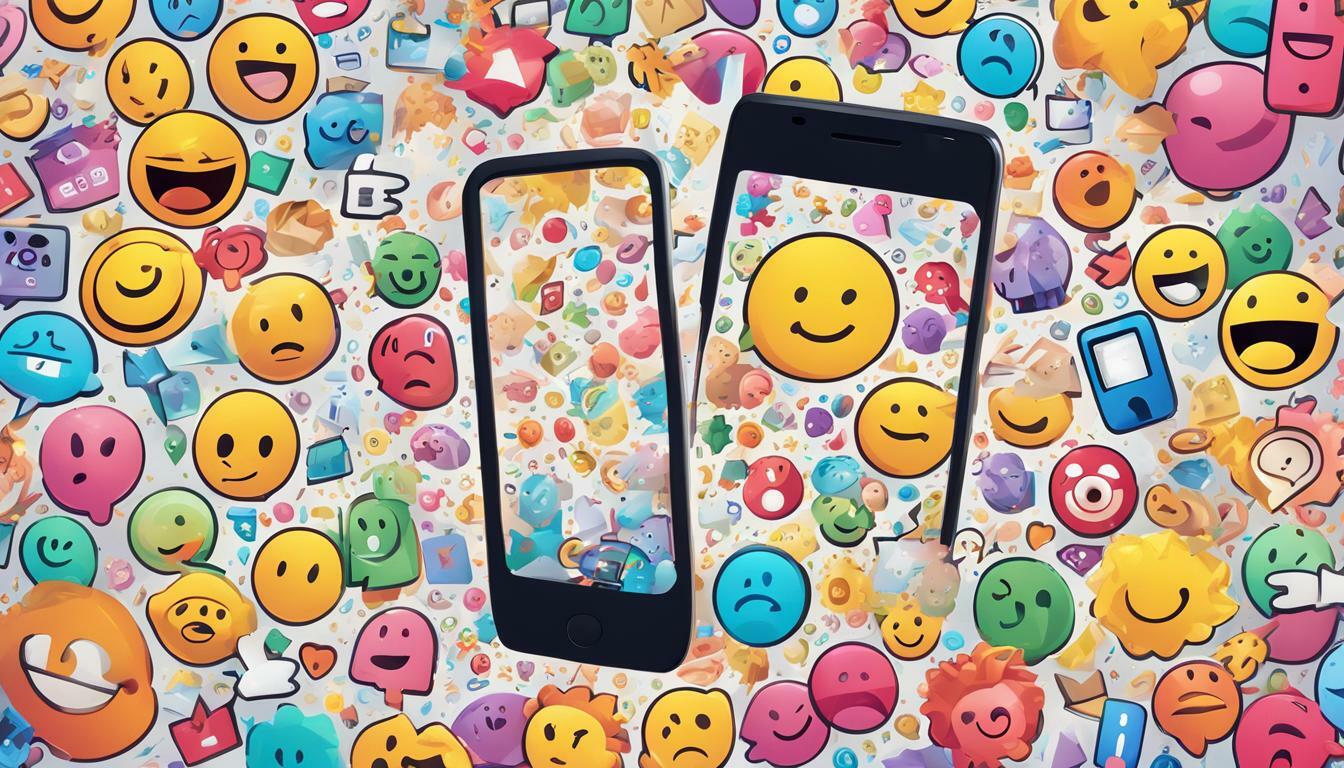Have you ever found yourself feeling sad or down and wished there was an app specifically designed to help manage those feelings? Well, you’re not alone. With the rise of mental health awareness, innovative technological solutions have emerged that can help boost mood and manage sadness. In this article, we’ll explore the world of apps for sad people and the different tools and features they offer for emotional support. Join us as we navigate this growing industry and discover new ways to prioritize our emotional well-being.
Key Takeaways:
- An app specifically designed for sad people can provide tools and resources to manage sadness and boost mood.
- Mental health apps have become a popular and accessible way to prioritize emotional well-being in today’s digital age.
- Personalizing the app experience with features such as mood tracking and guided meditations can enhance the effectiveness of these apps for managing sadness.
Understanding Sadness and the Need for Supportive Apps
At some point in our lives, we all experience sadness. It’s a normal and natural emotion that arises in response to disappointment, loss, or difficult circumstances. However, when sadness persists or becomes overwhelming, it can have a significant impact on our mental health and emotional well-being.
For many people, managing sadness can be a challenge. Without adequate support, coping strategies, or resources, it’s easy to feel hopeless and alone. That’s where mental health support apps come in – designed to provide individuals with the tools and guidance they need to navigate difficult emotions and improve their overall well-being.
Whether you’re struggling with depression, anxiety, grief, or simply feeling down, sadness management apps can offer a range of benefits. From mood tracking and goal setting to mindfulness exercises and virtual support communities, these apps provide personalized support and guidance to help you overcome difficult emotions and feel your best.
The Rise of Mental Health Apps in the Digital Age
In today’s digital age, mobile applications have become an increasingly popular way to prioritize mental wellness. With the rise of mental health apps, individuals can now access innovative solutions to manage their emotions and boost their mood anytime, anywhere.
Whether it’s through guided meditations, mood tracking, or virtual support communities, mental health apps are designed to provide tools and resources for individuals seeking emotional support.
These mobile applications offer a convenient and accessible way to prioritize mental health, with a range of features that cater to different needs and preferences.
From stress reduction and anxiety management to depression support and self-care practices, mental health apps have quickly become an essential tool for those looking to prioritize their mental wellness.
As more and more individuals recognize the need for emotional support, mental health apps continue to play an important role in promoting mental wellness and providing accessible solutions to manage sadness and boost mood.
Top Apps for Managing Sadness and Boosting Mood
Now that we’ve established the importance of managing sadness and boosting mood with the help of innovative technological solutions, let’s take a look at some of the top apps available to help you do just that. Here are a few of our favorites:
| App Name | Description |
|---|---|
| Moodfit | A comprehensive mental health app that tracks your mood and provides personalized recommendations and exercises to improve your emotional well-being. |
| Headspace | A meditation app that includes a variety of guided meditations and mindfulness exercises to help you reduce stress and improve your mood. |
| Happify | An app that offers science-based games, activities, and guided meditations to help you develop positive thinking habits and boost your mood. |
| Pacifica | An app designed to help you manage stress and anxiety through mood tracking, relaxation techniques, and cognitive-behavioral therapy exercises. |
These apps are just a few examples of the many mood-boosting applications available to support your emotional well-being. With their wide array of mental health tools, they provide you with the resources and guidance needed to manage sadness and promote positivity in your life.
Personalizing Your App Experience for Emotional Support
While many mental health apps offer a range of features to support emotional well-being, personalizing your app experience can enhance their effectiveness. By utilizing emotional support features and mood tracking, you can tailor your experience to meet your specific needs.
One way to personalize your app experience is by utilizing mood tracking. This feature allows you to log your emotions throughout the day, providing valuable insights into your mood patterns and triggers. By identifying these patterns, you can take proactive steps to manage your emotions effectively.
Another way to personalize your app experience is by utilizing guided meditations and virtual support communities. These features provide a supportive environment where you can connect with others who may be experiencing similar challenges. Guided meditations can help you relax and reduce stress, while virtual support communities provide a space to share experiences and receive encouragement.
Goal setting is another feature that can help you personalize your app experience. By setting goals for managing your emotions, you can stay motivated and focused on your mental wellness journey. Some apps even offer personalized goal recommendations based on your mood tracking data.
Overall, personalizing your app experience for emotional support can help you get the most out of your mental health app. By utilizing mood tracking, guided meditations, virtual support communities, and goal setting, you can tailor your experience to meet your specific needs and achieve a more positive emotional state.
Conclusion
At the outset, we asked the question – is there an app for sad people? After exploring the world of mental health apps, we can confidently say yes, there are many! From mood-boosting applications to personalized mental health tools, there is a plethora of options available to manage sadness effectively.
Through our discussions, we have emphasized the importance of managing sadness and prioritizing emotional well-being. We have explored the increasing popularity of mental health apps in the digital age and their role in supporting individuals seeking emotional support.
As we conclude, we encourage our readers to explore the top apps available for managing sadness and boosting mood. We urge you to personalize your app experience by utilizing features such as mood tracking and virtual support communities, which can enhance the effectiveness of these apps in managing sadness.
Overall, we hope that this article has shed light on the innovative technological solutions available to manage sadness and boost mood. Remember, your emotional well-being is important, and there are tools available to support you every step of the way.
FAQ
Q: Are these apps only for people diagnosed with clinical depression?
A: No, these apps can be beneficial for anyone experiencing sadness or looking to improve their mood.
Q: Are these apps free to download?
A: Many of these apps offer free versions with limited features, but also provide premium options with additional tools and resources for a fee.
Q: Can I use these apps in conjunction with therapy or other forms of professional help?
A: Absolutely! These apps are designed to complement therapy or other forms of professional help, and can provide valuable support in between sessions.
Q: Are these apps available for both iOS and Android devices?
A: Yes, most of these apps are available for both iOS and Android devices, ensuring accessibility for a wide range of users.
Q: Can these apps guarantee results in managing sadness and boosting mood?
A: While these apps can provide helpful tools and resources, individual results may vary. It’s important to approach them as part of a holistic approach to emotional well-being.
Q: How often should I use these apps to see improvements in my mood?
A: The frequency of app usage can vary depending on individual needs and preferences. Consistency and incorporating the tools into your daily routine can contribute to better results.





